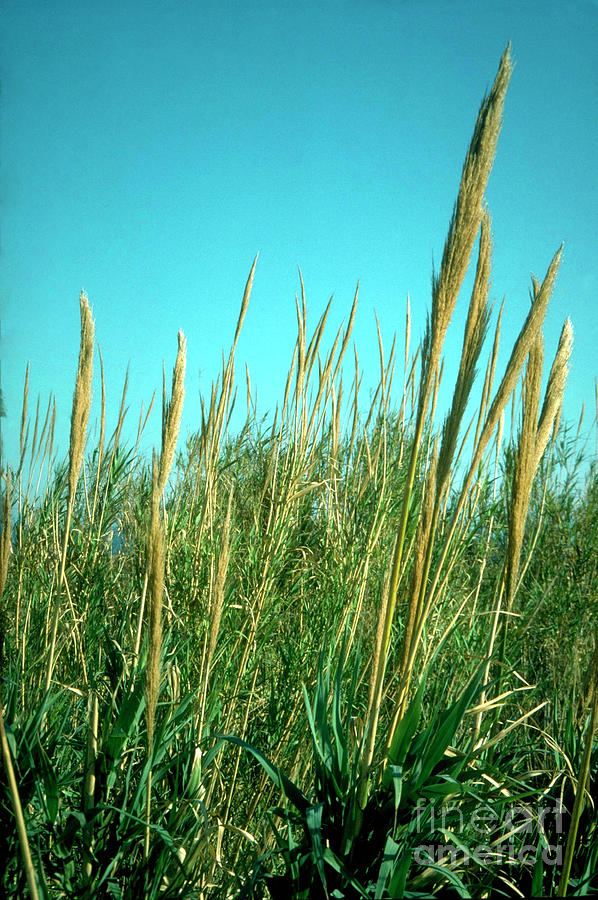
Giant Reed Photograph by Pam Collins/science Photo Library Fine Art
The currently accepted scientific name of giant reed is Arundo donax L. (Poaceae), the largest and most aggressive member of the three species of the genus Arundo, in the arundo tribe (Arundineae) along with common reed (Phragmites australis or Phragmites communis) and pampas grass (Cortaderia).There are several recognized varieties, including A. donax var. donax, A. donax var. versicolor (Mill.)
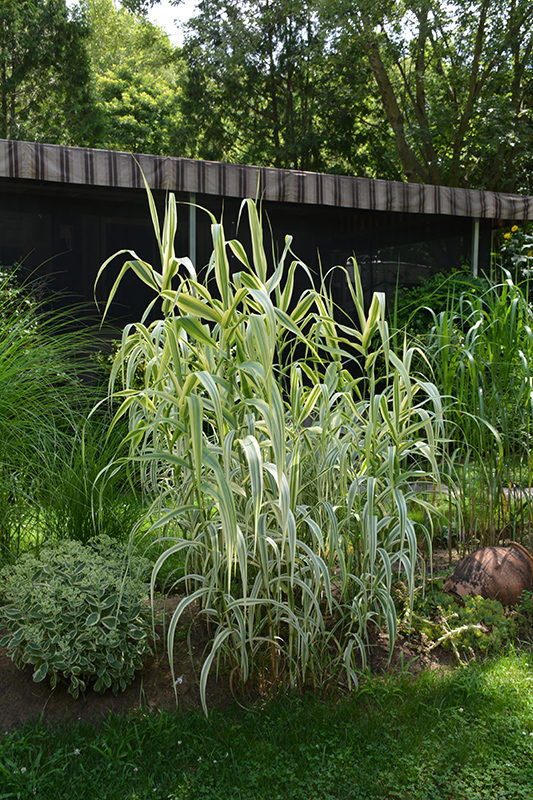
Peppermint Stick Giant Reed Grass (Arundo donax 'Peppermint Stick') in
Giant reed (synonyms: phragmites, carrizo, giant reed, arundo grass, donax, elephant grass, Spanish cane, wild cane, oboe cane) is a bamboo-like grass with stems that grow over 20 feet tall. It is an Asian native and was cultivated for thousands of years in southern Europe, northern Africa, and the Middle East. It was introduced
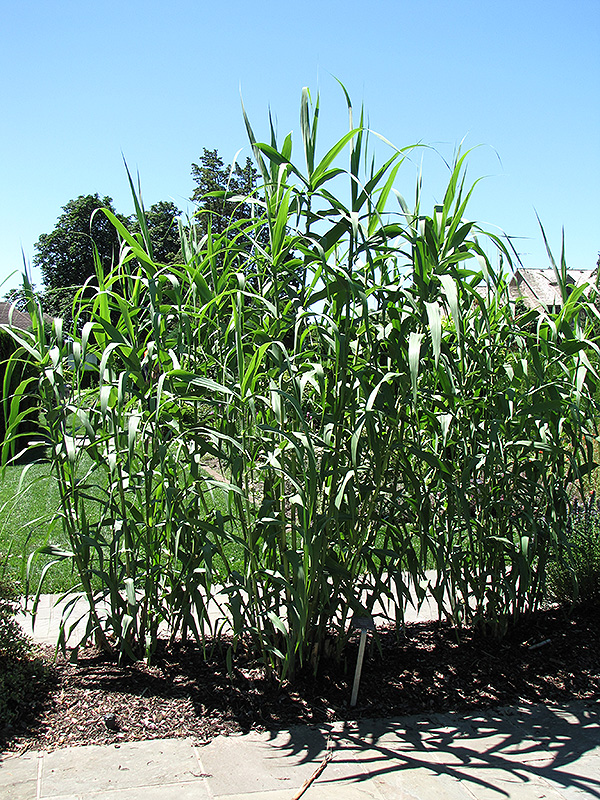
Giant Reed Grass (Arundo donax) in Long Island Westbury Nassau County
Habit: large grass (to 20 ft. tall), with thick, hard rhizomes, stems are cane-like,. Giant reed invades wetlands such as ditches, stream banks and lake shores. It competes for water, nutrients and sun, suppresses and excludes native vegetation which degrades wildlife habitat, increases fire risks and interferes with flood control..

Arundo donax Rhizome Giant Reed Plant on Mercari Reeds plants, Plants
Giant Reed Grass, also known as wild cane, is a tall, perennial, bamboo-like grass that prefers stream banks and other wet areas. It has the ability to flourish in a wide variety of soils, including coarse sands, gravelly soil, heavy clay, and river sediment. Giant reed attains heights of 25 feet and once established its roots - called rhizomes.

PlantFiles Pictures Arundo, Striped Giant Reed, Taiwanese Reed Grass
Giant reed, Arundo donax, is a large, fast-growing invasive grass that has invaded at least 100,000 acres of "riparian" habitat in the southwestern and southeastern U.S. and is present as far north as Ohio and Washington State. Watch this video to learn how ARS researchers are using biocontrol (insects) to reduce the presence of this invasive.
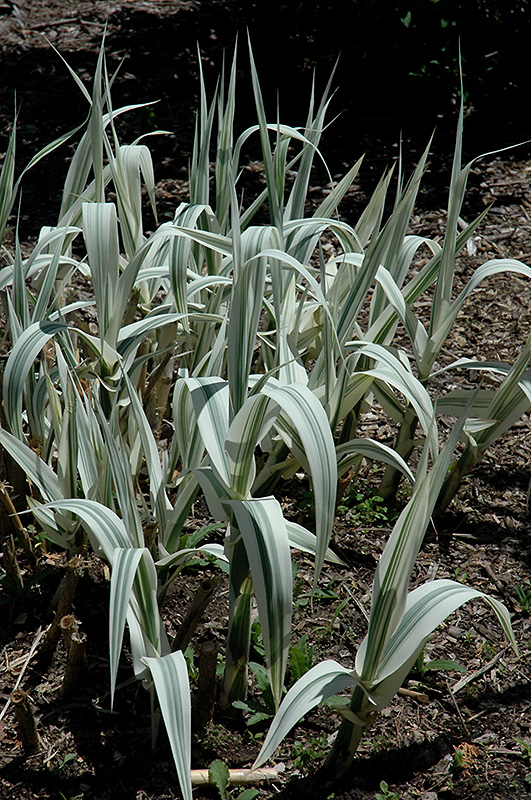
Variegated Giant Reed Grass (Arundo donax 'Variegata') in Issaquah
Synonyms and Other Names: Giant cane, bamboo reed, giant reed grass, Arundo grass, donax cane, bamboo cane (Oakins 2001). Alaniz MA, Davis MR, Nibling FL, Deloach CJ (2004). Canopy Spectra of Giant Reed and Associated Vegetation. J. Range Manage. 57: 561-569. Herrera, A.M., and T.L. Dudley. 2003. Reduction of riparian arthropod abundance and.
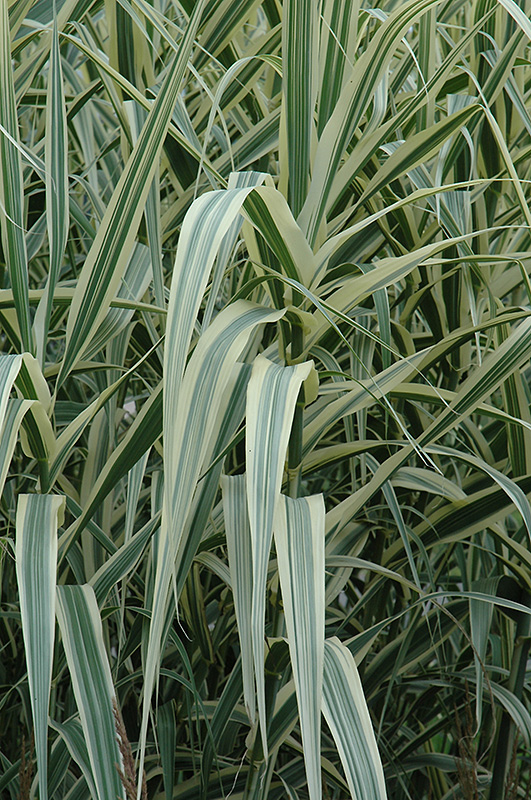
Peppermint Stick Giant Reed Grass (Arundo donax 'Peppermint Stick') in
Description. 'Peppermint Stick' giant reed grass is a cultivar in the Poaceae (grass) family. It is native to a wide range from Saudi Arabia across China and Japan to Malaysia. Peppermint Stick can grow 10 to 20 feet tall and spreads up to 10 ft. The variegated leaves of this cultivar maintain their color during the growing season.
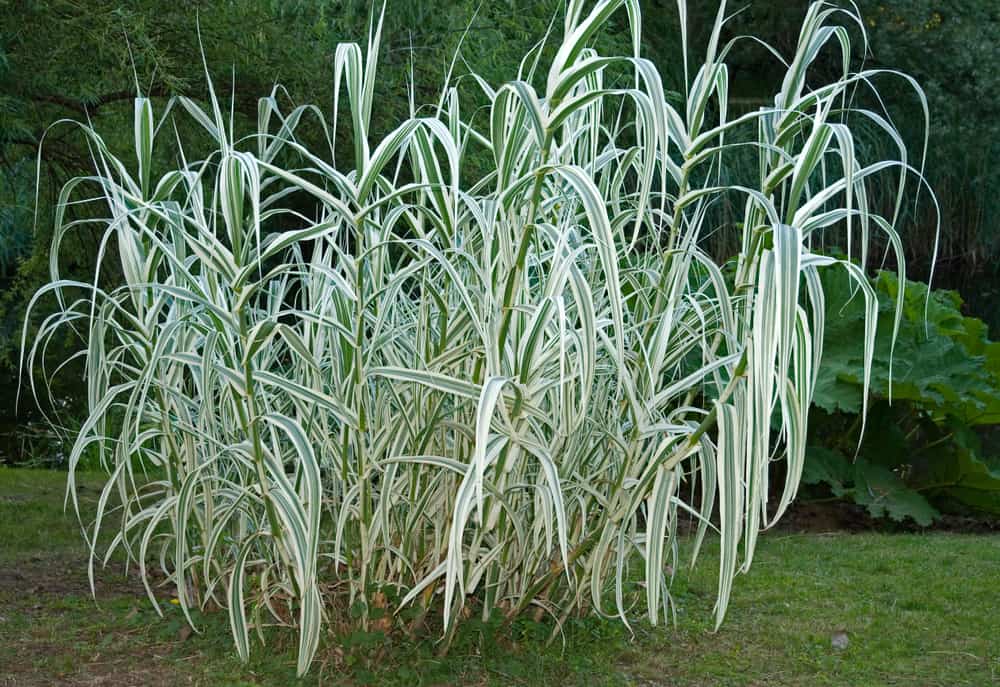
13 Easy Ornamental Grasses for Landscaping Your Garden
A giant reed is a tall, robust perennial grass that often grows in moist soil. Its stems resemble cane and can grow very densely excluding other vegetation and altering wetland habitats.. Common reed has only hairy ligules, while a giant reed's ligule is a papery membrane with short hairs on the edge. It might also be confused with certain.

Variegated Giant Reed Grass (Arundo donax var. versicolor) My Garden Life
Giant reed, also known as wild cane, is a tall, perennial grass that can grow to over 20 feet in height. Its fleshy, creeping rootstocks form compact masses from which tough, fibrous roots emerge that penetrate deeply into the soil. Leaves are elongate, 1-2 inches wide and a foot long. The flowers are borne in 2-foot long, dense, plume-like.

Peppermint Stick Giant Reed Grass An elegant, bamboolike plant grown
Looking For Giant Reed Grass? We Have Almost Everything On eBay. But Did You Check eBay? Check Out Giant Reed Grass On eBay.

Washington State Noxious Weed Control Board
Giant reed is a large, clumping, perennial grass with hollow stems that are 1/4 to 2 inches thick (Figure 2). The stems have a cane-like (Figure 3) appearance that is similar to bamboo. Mature stands are typically 12 to 16 feet in height, but stands over 20 feet high have been reported. Leaves typically have a stiff or erect habit, are.

Giant reed grass' 24 foot high Outdoor gardens, Nature, Nature beauty
Get Notified. Explore Similar Plants. Hardiness Zone: 6-10 · Mature Height: 12-20 Feet · Mature Spread: 5-8 Feet. Buy Giant Reed Grass online. Green and creamy white variegated foliage is striking as a specimen or as a screen plant. Clumping habit helps to keep the giant manageable. Perfect as a screening plant.

PlantFiles Pictures Giant Reed, Spanish Cane, Reed Grass (Arundo donax
Spanish Cane / Giant Reed grows best in wet soils. But can be grown in gravel or heavy clay soils, this can be beneficial as the root system will not spread as quickly. A moderate watering schedule is recommended for the plant for the best growth. In more arid conditions the plant will simply die back, but will regrow when its water needs are.

Is giant reed Arundo a 'miracle plant' or the next kudzu?
Giant reed (Arundo donax) Giant reed. Common Names: Elephant grass, wild cane. Description: Persistent stalks should be identifiable year round; its clasping leaf bases distinguish it from similar grasses. Habit: Large, clump-forming perennial; grows from 2-8 m (6.5-26 ft) tall, forms dense monotypic stands. Leaves: Alternate, clasping, hairy.

Giant Reed Stock Image B800/0238 Science Photo Library
Arundo donax, commonly called giant reed, is a rhizomatous, perennial, warm season grass that sports a somewhat tropical appearance. In mature form, it can make a very bold ornamental statement in the landscape. It is a bamboo-like plant that is native to Europe (primarily the Mediterranean region). It has been widely planted in southern.

Giant Reed Nonnative Invasive Plants of Southern Forests A Field
The giant reed ( Arundo donax) is a large invasive grass that can grow up to 20 feet in height with leaves 1-2 inches wide and 2 feet tall. The roots are fleshy, and form deep masses below the soil. The giant reed flowers from August to September.